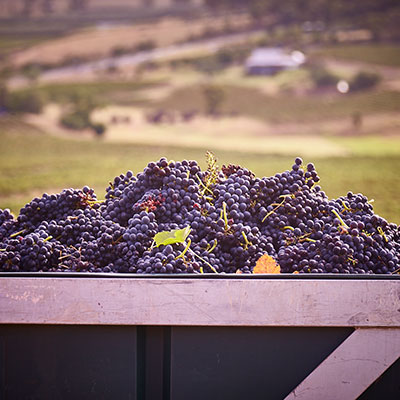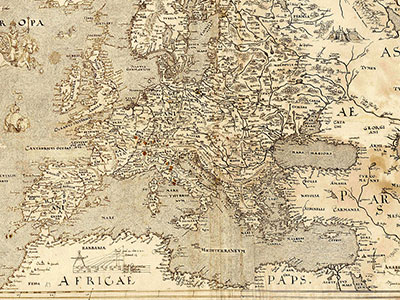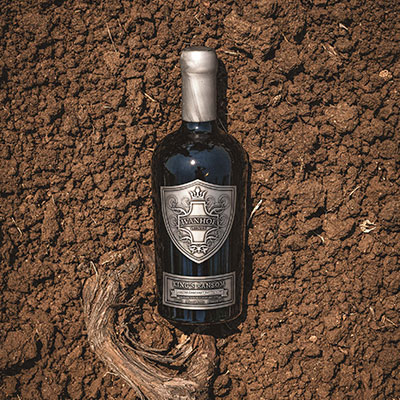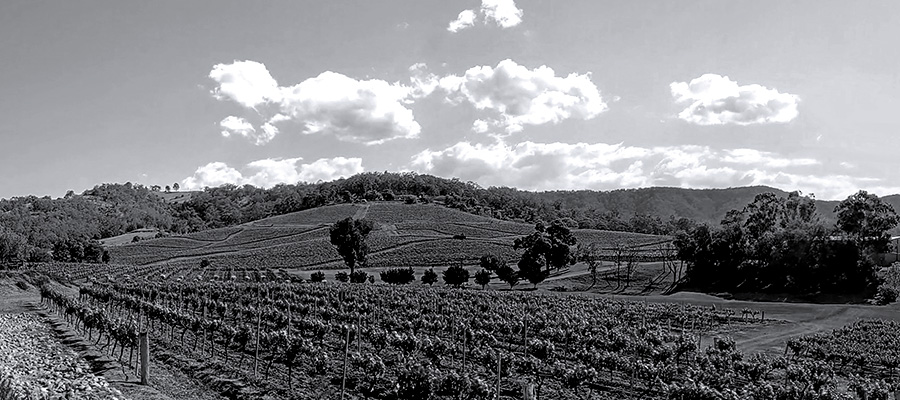Discover The History of Australia's Oldest Wine Region
Hunter Valley Winemaking History
As the oldest wine region in Australia, the Hunter Valley has been consistently producing wine since the early 19th century.
As we mentioned in our last blog post, many of the vine varieties in the Hunter Valley were introduced in the 1830s by viticulturist, James Busby. Busby is referred to as the father (or godfather, depending on your source) of the Australian wine industry as a whole. His vine cuttings from France and Spain were mother plants for many of the vines here today. It was Busby’s brother-in-law, William Kelman, who was one of the first to receive an official land grant in the area, and his land was put to good use as a productive vineyard. These early vines have expanded to what is now 2,324 hectares of vineyards across the Hunter region.
Ivanhoe's first vines plunged their roots into the rich volcanic soils of Ivanhoe Hill in 1855; the epicentre of what is now Ivanhoe Estate. By the late 19th century, the Tyrrell, Tulloch, Wilkinson and Drayton families had established vineyards in the area, alongside Dr Henry Lindeman of Lindeman’s Wines.
The region began to gain international recognition for its wines, particularly Semillon. Varied soils across the Hunter, combined with a warm, humid climate, frequent cloud cover and gentle sea breezes gave grape growers and winemakers plenty of scope to experiment and produce wine which held its own on the world stage. It’s no coincidence that Mediterranean-native, vitis vinifera (the common grape vine), thrives here in our similar climate.

Born into a winemaking legacy as a 5th generation member of the Drayton family, Stephen Drayton decided to put his inherited passion, combined with his own winemaking style, to work. Together, Stephen and his wife, Tracy, took over Ivanhoe Wines in 1996. Today they continue to live and breathe wine along with the 6th generation—their sons, Lewis and Parker—and produce their famous big, gutsy reds and tantalising whites.
New World Vs. Old World
Despite its legacy, the Hunter Valley is considered a “new world” wine region. When compared with the history of “old world” wine regions of Europe and the Middle East, and the earliest evidence of wine grape cultivation dating back to 8000 B.C., it is still very much in its infancy.

The terms “new” and “old” world can be used to describe both the locale in which the grapes were grown, as well as the style in which the wine was made.
Old world winemaking techniques tend to be dictated by thousands of years of tradition, therefore the wine is often characterised less by human intervention and more so by environmental factors. They are characterised by being lighter with less alcohol, higher acidity, and less fruity flavours—in part due to the process barrel fermentation.
New world wine regions (where grapes were introduced after exploration), such as Australia, New Zealand and South Africa, are likely to be made with more experimental techniques, which can result in varied wines from the same grape in the same region. These are classically riper in flavour with higher alcohol and less acidity. Whilst many factors give rise to these characteristics, steel vat fermentation, commonly used in new world winemaking, limits oxygen exposure and does not impart flavour onto the wine as with oak, leaving the fruit to do the talking.
Today’s World
Location aside, today’s global flow of information and people mean that old world regions can produce wine with new world qualities and vice versa.
Winemakers are constantly exploring new techniques and reinvigorating old ones, which we’re seeing now with the resurgence of open fermentation and natural wines.
Armed with this new wine history knowledge, why not come and visit our new world Hunter Valley, taste our wines and see what characteristics you can detect!



